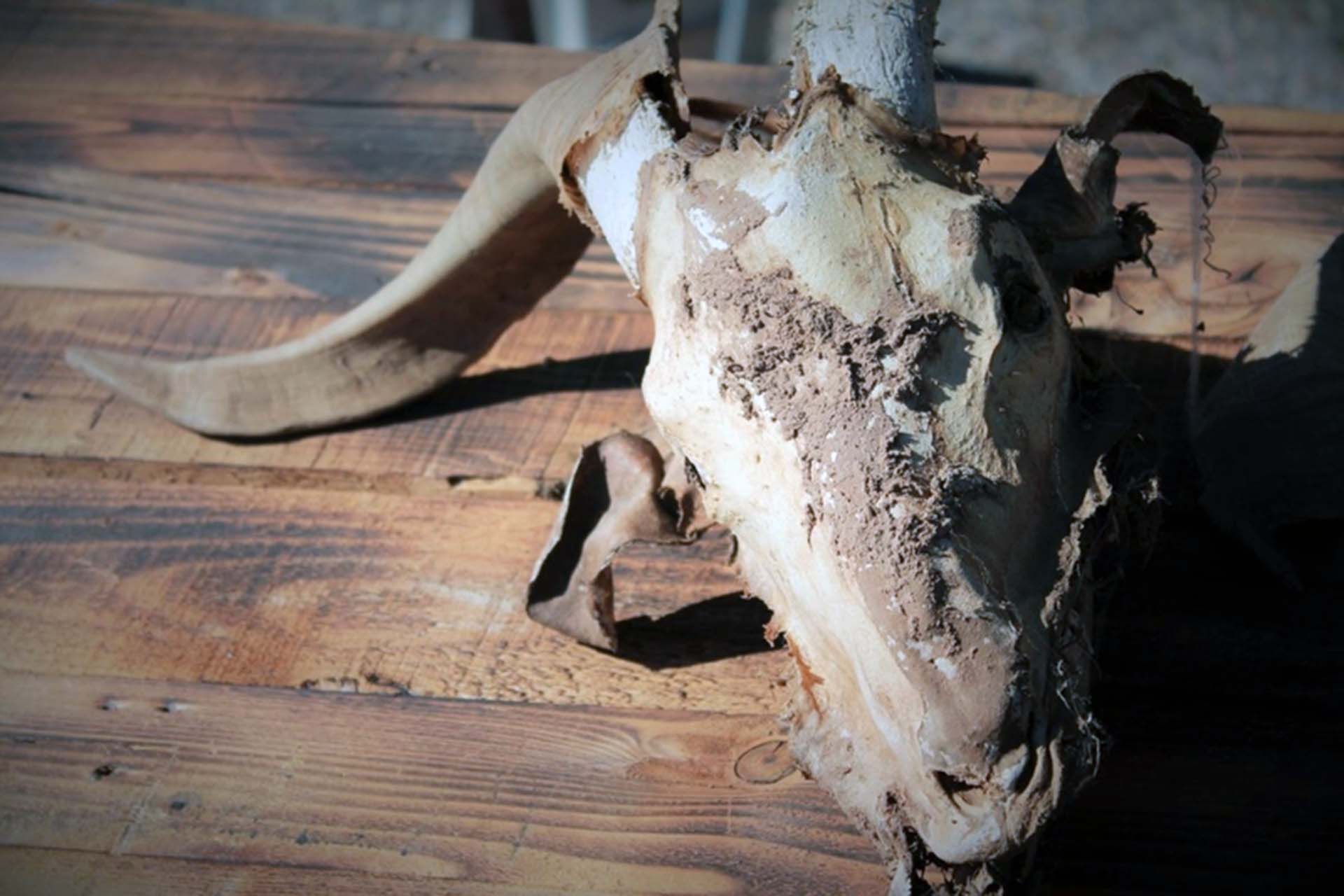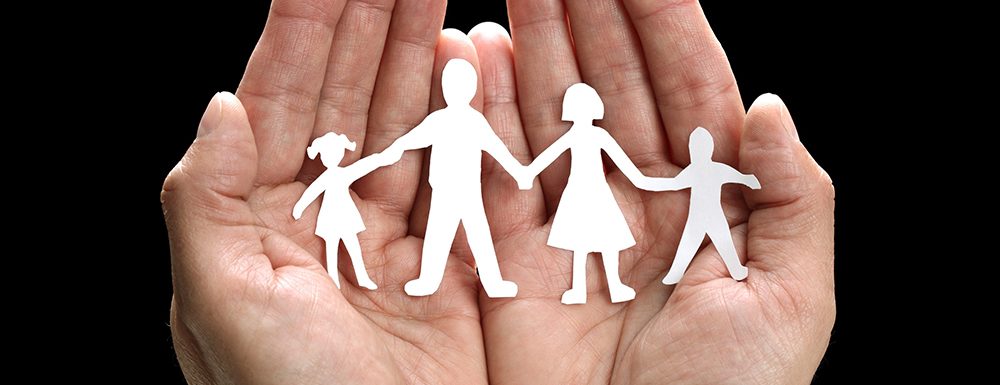
Preventing human trafficking requires exploration of root causes. Youth Ambassador Isobel Archer considers the cultural context of human trafficking cases and the efficacy of prevention efforts.
Defining human trafficking, deciding which crimes come under the umbrella of modern slavery and developing appropriate response have never been easy tasks. Anti-trafficking legislation and response from front-line defenders must consider all contexts of a crime if solutions can have a sustainable impact. This post will consider various socio-cultural practices which have been identified being used to perpetuate incidences of trafficking by international law, and the obstacles to anti-trafficking efforts they pose.
In recent years the number of people, particularly women and girls, being trafficked from Nigeria to Europe has grown exponentially; Nigeria is now one of the third highest countries of origins of slaves in the UK and there are an estimated 30,000 Nigerian women trafficked into the sex trade across Europe. Such cases are typical of those you read about in the newspapers and that come up as examples in anti-trafficking circles. The problem here is not inadequate legislation but that rehabilitative and rescue responses are not socio-culturally focused enough. Nigerian women and girls are repeatedly controlled by invoking traditional West African witchcraft rituals, or juju. Juju is not a belief system that encourages social control, yet traffickers are able to exploit the unwavering conviction of its subscribers. Before leaving Nigeria trafficking victims are routinely forced into taking part in a juju ceremony involving drinking a concoction and swearing to their gods. Often they will do everything the trafficker tells them under threat of catastrophe happening to themselves or, more often, their families. Juju is a typical way for traffickers to ensure compliance from their Nigerian victims, yet lack of knowledge on the part of European law enforcement regarding juju ceremonies and their power over those who believe themselves bewitched, leaves many frontline anti-trafficking defenders unprepared to support these women. Victims typically cannot incriminate their traffickers, or provide evidence to help other potential victims; the power of belief is so strong that women who do leave their traffickers have gone “mad” because the curse has such a strong hold over them. Juju is a very effective tool for traffickers to ensure that they also remain anonymous to law enforcement.
In other cultures, long-standing socio-cultural belief in the power of specific sexual practice to confer supernatural abilities or luck increase market demand for trafficking victims, young children and girls especially. The so-called “virgin cleansing” myth refers to a widely held belief that those infected with sexually-transmitted diseases can cure themselves by raping a virgin or child. This practice is centuries old and has been practised worldwide, yet has recently come to light predominantly in countries affected by the HIV/AIDS epidemic. ECPAT report that in South Africa, which has the highest rate of child rape in the world, risk of child trafficking is fuelled both by severe child poverty and the virgin cleansing myth. This abuse is not exclusive to children, but extends to the differently abled and blind, who are also believed to have this power due to the misperception that they too will be virgins. Myths surrounding the power of sex with young children or virgins also persist in East Asia. The belief that sex with a young girl will bring good luck, for example, is frequently invoked by elderly Chinese businessmen who believe such an act has rejuvenating properties both for themselves and their business, and will bring prosperity and a long life. A secondary push factor for child sex trafficking in Asia comes from Western sex tourists, who take advantage of the ready availability of children and the fact that they are unlikely to be identified to authorities.
Whilst girls are more at risk of trafficking in East Asia, in Afghanistan it is boys who fall victim to the outlawed cultural practice of bacha bāzī, a term encompassing a wide range of activity denoting sexual relations between a young boy and older man. The practice of older men trafficking and grooming much younger “dancing boys” into providing entertainment and sexual services has a long history in the region, is well-known to the international community and is illegal along with other forms of child slavery. Despite being against both Afghani and Sharia law (it was outlawed under the Taliban regime), bacha bāzī persists because often the very people charged with protecting the law are complicit in enabling sexual exploitation rings to operate. During the US invasion of Afghanistan it was clear to American soldiers that sexual abuse of children by men in the Afghani army was rife, yet those who spoke up were silenced under US army policy of not criticising their Afghani counterparts. Complaints were inevitably perceived as imposition of Western cultural values and deemed damaging to diplomatic relations; they preferred to install, support, train and equip Afghan Local Police units who were then perfectly positioned to exploit boys in villages under their control. Ultimately, by standing by, doing nothing and disguising child sexual abuse as “cultural practice” the US is seen to have condoned and facilitated widespread child slavery of Afghan officials with US-backing.
It is obvious that in the face of particular socio-cultural beliefs, simply outlawing trafficking and slavery is ineffective unless coupled with appreciation of cultural context and efforts to address the root causes of trafficking. Nowhere is this more evident than in the case of Mauritania, the last country to abolish slavery (1981) and home to one of the world’s highest population of slaves. Up to 18% of the population is affected by slavery in a society which perpetuates a division between master and slave through a deeply discriminatory attitude towards members of the Haratine caste. Slavery is an integral part of a society which believes slavery to be a ‘natural’ state; slaves in Mauritania are not physically restrained but a caste-based society which perpetuates slavery is enough to take away freedom. Mauritania is a prime example where written legislation has been brought in, in line with international legislation and conventions but out of touch with the reality on the ground. Simply changing the constitution neither reflects nor catalyses a change in public perception.
As in the above examples, conflict arising from upholding human rights principles in specific socio-cultural contexts can take on a variety of forms. The example of Nigerian women trafficked and controlled through juju shows just how crucial understanding of traditional practice is in meeting victims’ needs and understanding their experience. We cannot be so arrogant as to dismiss an entire belief system, but instead look to see how it may be hijacked by those wishing to exploit others. On the other hand, in the interests of protecting vulnerable people we must enforce existing legislation to tackle harmful cultural practice. In the cases of Afghani bacha bāzī Mauritanian debt bondage, there is already an acquiescence to the ideal of universal human rights standards, but cultural mediation is necessary to ensure that it is actively used to prevent exploitation and abuse. As always, self education and awareness-raising is vital amongst anti-trafficking advocates. We should focus not just on definitions, but also on the contextual nuances of trafficking to ensure long-term progress in the fight against modern slavery.


